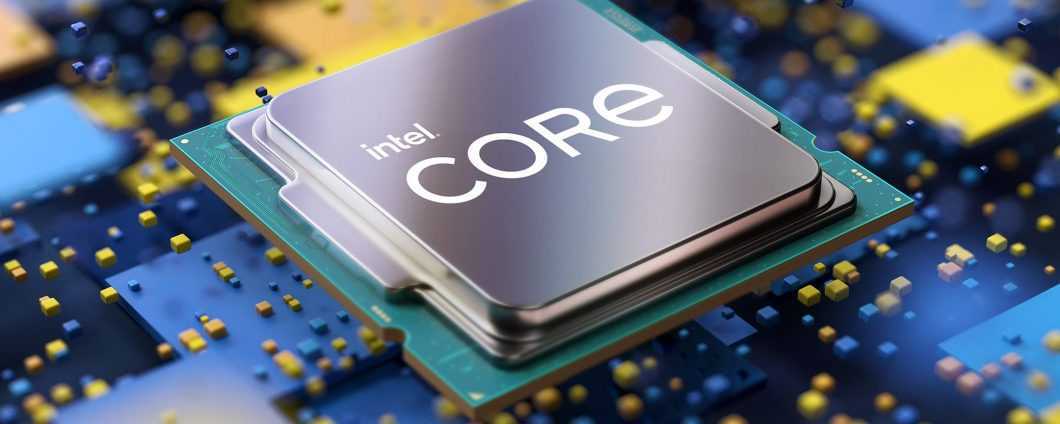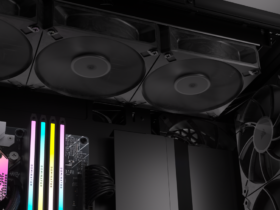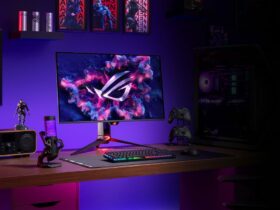Intel Rocket Lake-S, what do the new 11th generation processors, 11000, codenamed Rocket Lake-S propose? Let’s find out!
The new processors from Intel arrive, they are called Rocket Lake-S. The new family bet everything on gaming, always with a view to single thread, therefore of the Cores that focus on single core performance rather than the number of cores. So these are the processors that will challenge the series Ryzen 5000 by AMD.
Core i5 to Core i9 have been announced, but also a refresh of the 10th generation Core i3 and Pentium. Introducing several new features including the possibility of overclock memory even on H570 and B560 chipsets. Which was previously exclusive to chipsets Z series. Now, with a B560 or H570 motherboard you can overclock 11th or 10th CPU Core processors generation K and not. Here are the details.
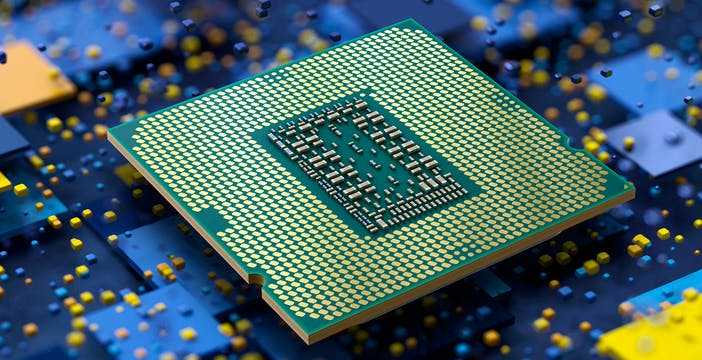
Intel Rocket Lake-S: Everything you need to know about the new CPUs
Starting with the flagship model, the Core i9-11900K, we find 8 core e 16 thread, with a top speed in mode boost that reaches 5.3 GHz.
Based on architecture Cypress Cove, with the aim of replacing the previous one SkyLake, the giant Intel has thought of an “adaptation” of the production process of Core Sunny Cove a 10 nanometri, but, this time at 14 nanometers. Intel claims that these 14 nanometers gave it more heat dissipation, resulting in higher clock speeds. The new Core 11000 processors boast 6-core / 12-thread and 8-core / 16-thread models.
So the new processors despite the 14 nanometers, are for the first time completely renewed since the days of Skylake, to challenge AMD’s Zen 3 architecture-based Ryzen 5000 processors. The new processors will always be soldered between die and heatspreader, with 6 billion transistors. Below are the representative slides of all the new models, with relative price.
The new architecture regarding the consumption expressed in TDP, we find in the case of the Core 11900K circa 125W. With a Power Limit 1 identical to the TDP, and a Power Limit 2 is 251W. IPC also improved, with data close to 19%, with 20 linee PCI Express 4.0, and DDR4 memory up to 3200 MHz. Intel has also decided to insert a chip dedicated to the production process of video and image streams. In short, a unit called Gaussian & Neural Accelerator (GNA) 2.0, intended for editing applications.
Therefore, the multimedia engine has been improved, now with the possibility of speed up AV1 10bit decoding in hardware, with HEVC 12 bit e E2E compression. We also have new support for Resizable BAR, a feature annexed to the PCI Express protocol, which will allow better data transfer from CPU to VRAM, thus improving the performance of a hypothetical video card.
Important news also for the GPU. The graphics department now supports HDMI 2.0 with HBR3. By fitting the latest architecture Vehicle. 32 Execution Unit, and a improvement quantified performance up to 50%. Also doubled the bandwidth flow of the DMI link taking it from x4 to x8. Be careful though, this will only be usable with Z590 and H570 chipsets.
The processors will take advantage of the new interface LGA 1200, which will arrive on the 500 series chipset. Now let’s see the performances, which we remember belong to tests carried out by Intel.
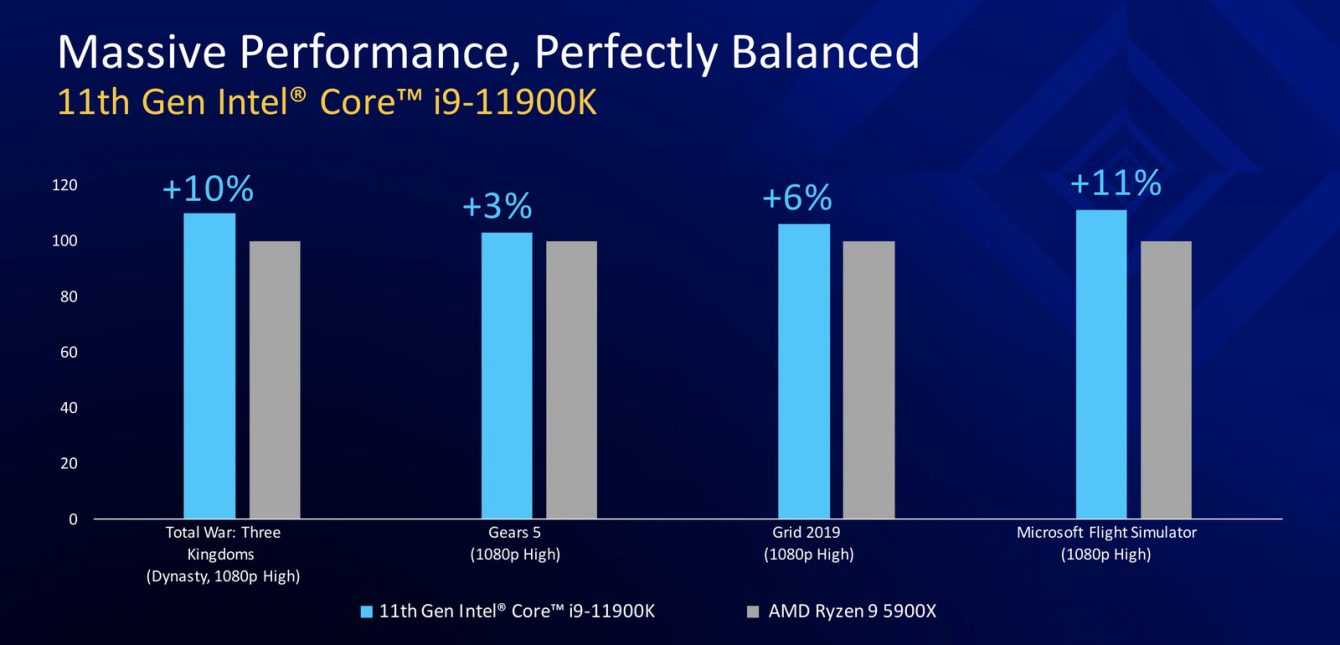
In 1080p, the improvement over a processor AMD Ryzen 9 5900X varies from 3% to 11%. For what concern Core i5-11600K, Intel estimates a performance improvement up to 16% compared to the Core i5-10600K model. For availability, it is expected end of the month. If you want to continue to know the latest news from the hardware world, keep following us. Greetings from TechGameWorld.com.






